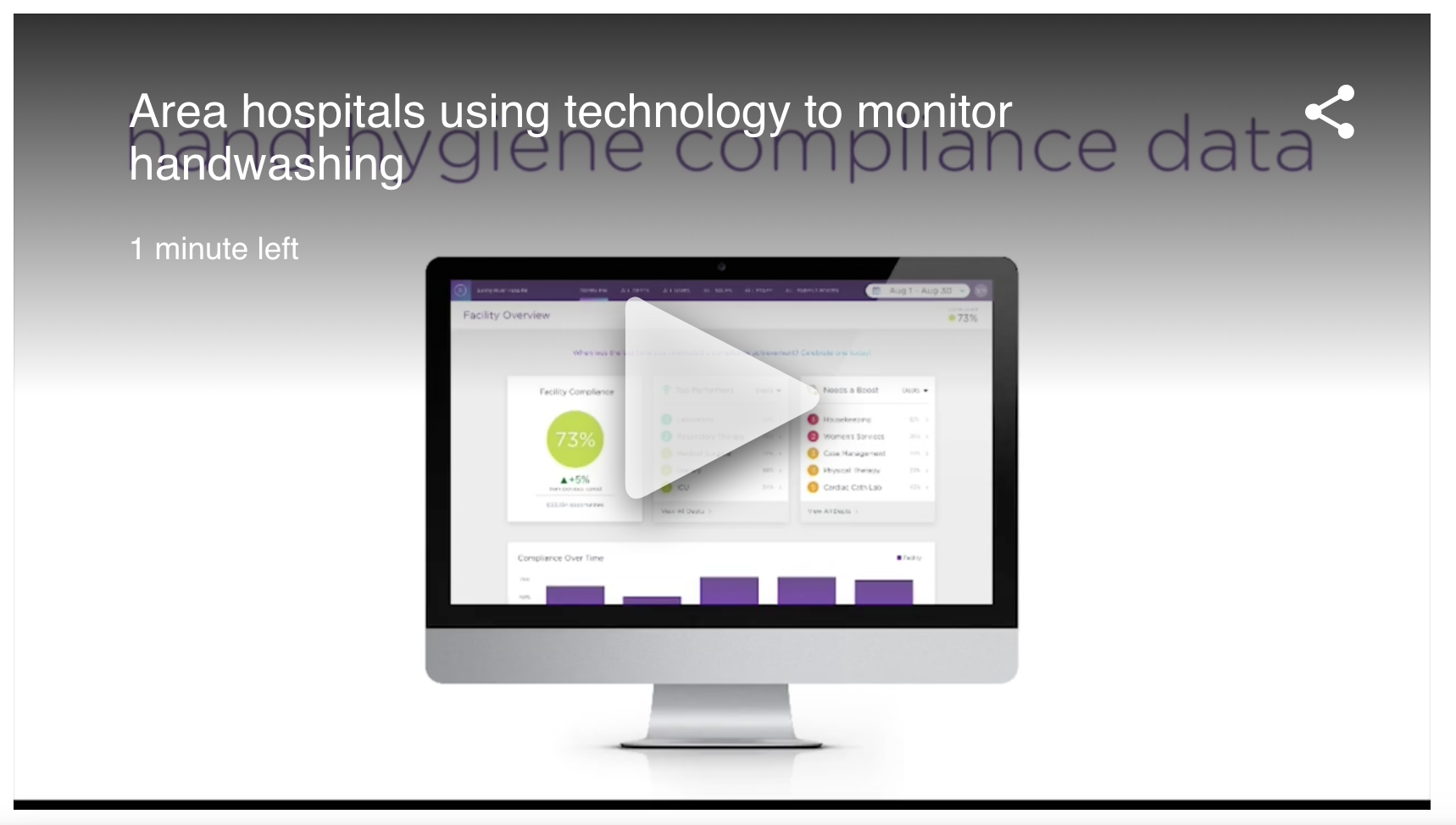How Safety Technology Can Boost Hospital Revenue & Marketing Impact
For nearly the past four months, we have all been asked to perform an unthinkable public duty – to stay home and limit contact to almost everyone and everything that once shaped our daily lives. The uncertainty of each day induced fear and anxiety for what the future would look like. Now, as some states begin to reopen and hospitals are able to open their doors to more non-COVID related cases, the thought of returning to hospitals, which were at one point COVID-19 hotspots, is causing extreme hesitation.
At the same time, the COVID-19 pandemic has placed an insurmountable burden on hospital revenue. Elective surgeries and other high-value care procedures were halted, resulting in an estimated financial impact of $202.6 billion in losses for America’s hospitals and health systems over the last four month period. But before they will voluntarily reschedule cancelled surgeries and other treatments, patients are looking for clear signs and expectations that they will feel safe in a hospital amidst a pandemic – that is far from over. This process of rebuilding trust and increasing patient engagement is the surest way to accelerate recovery.
Communicating Investments in Safety Technology Can Fill the Gap for Healthcare Marketing Strategies
According to McKinsey, marketers will play a critical role as organizations shape their response, influencing how consumers will behave for years to come. Recovery planning presents a unique opportunity to redefine how you are positioned in the market. Aside from the steps most of are taking, like social distancing, wearing masks, and washing our hands, hospitals are set to a higher standard in terms of the precautionary safety measures being put into place. Hospital marketers must be strategic in how they communicate facility readiness, getting the message across that they are committed and positioned to best meet the needs of all patients .
Consider the following messaging tactics to effectively reconnect and reassure patients that your hospital or health system is readily prepared to treat them, safely:
-
Reassure patients that facility resources, such as ICU beds, ventilators, and other critical medical assets are in supply for all patients who might need them.
-
Update online resources, including mission statements and patient policies to reflect all new initiatives or innovations adopted in the fight against COVID-19. This demonstrates an agile response to proactive change.
-
Thoughtfully target high-risk patients or those with chronic conditions who might have delayed regular treatment, encouraging a safe return to reduce further risk.
-
Communicate confidence in system capacity and the ways in which you are ensuring staff are protected from harm, well-rested, and supported during this challenging time.
-
Leverage your investments in safety technology as a public relations opportunity to promote your hospital’s forward-thinking approach to improving and measuring safety through innovation. The following example demonstrates how our partners at UnityPoint Health in Peoria, Illinois highlighted the ways SwipeSense electronic hand hygiene monitoring has played an important role in their safety infrastructure.
UnityPoint Health was recently featured across local news outlets, including WCBU – Peoria Public Radio and WMBD-TV Channel 31 to discuss the ways electronic Hand Hygiene Monitoring has helped them automate manual infection prevention activities, and mitigate the risk of spreading COVID-19 and other hospital-acquired infections.
The Director of Infection Prevention Coordinator for UnityPoint Health, Jennifer Liberty shared that in the first 18 months after implementing SwipeSense electronic hand hygiene monitoring, hand hygiene compliance rates improved by 15%, which coincided with a 12% decrease in hospital-acquired infections.
Safety Infrastructure is Essential for Recovery
The ‘new normal’ will look vastly different from the ‘old normal.’ While a constrained financial environment might make it difficult to overhaul complete marketing and safety strategies, hospitals must disrupt the status quo to successfully emerge from this crisis. It also might be impossible to predict what defines the ‘next normal’ for healthcare, but safety will certainly be the top priority.
How Has COVID-19 Impacted Patients’ Feelings Toward Hospital Safety?
Patients’ fears emphasize the important need to re-build trust and confidence in our healthcare system. Safety technology supports clear communication about a facility’s commitment to the safety of patients, staff, and the broader community.
To help understand the impact of COVID-19 on the healthcare industry moving forward, SwipeSense conducted a survey to capture healthcare consumers’ attitudes and expectations for receiving care amidst the pandemic.
Download the full Survey Results Recap to access additional consumer insights.

